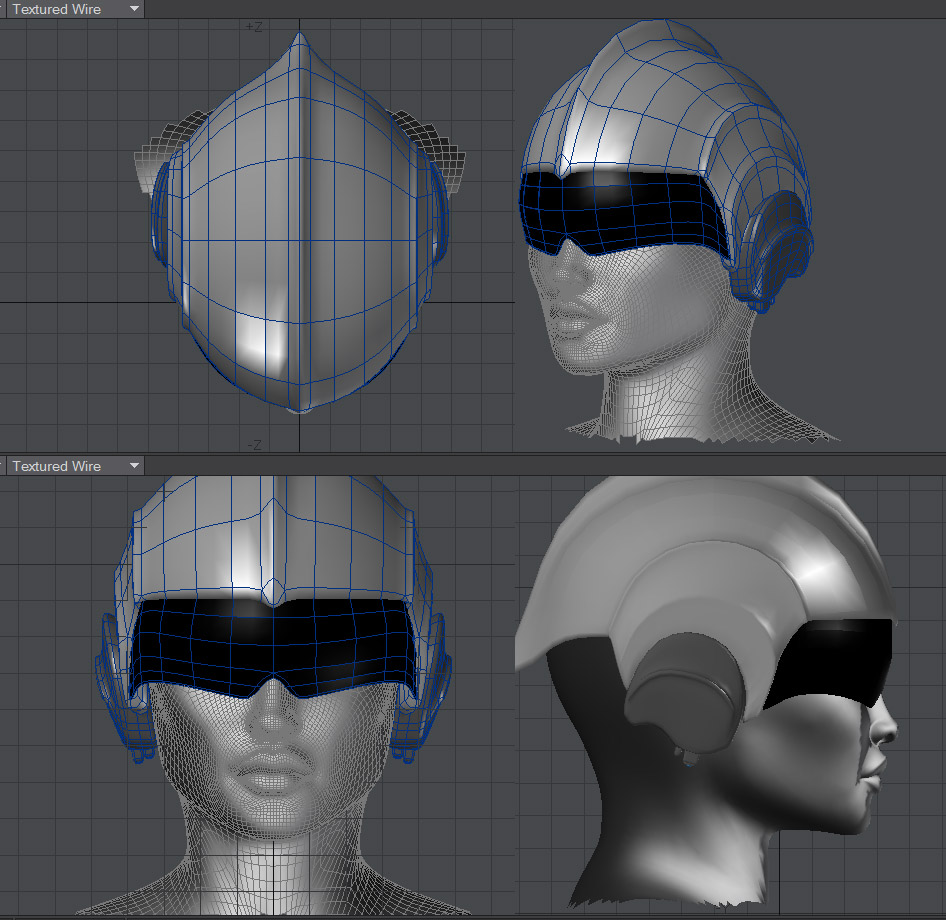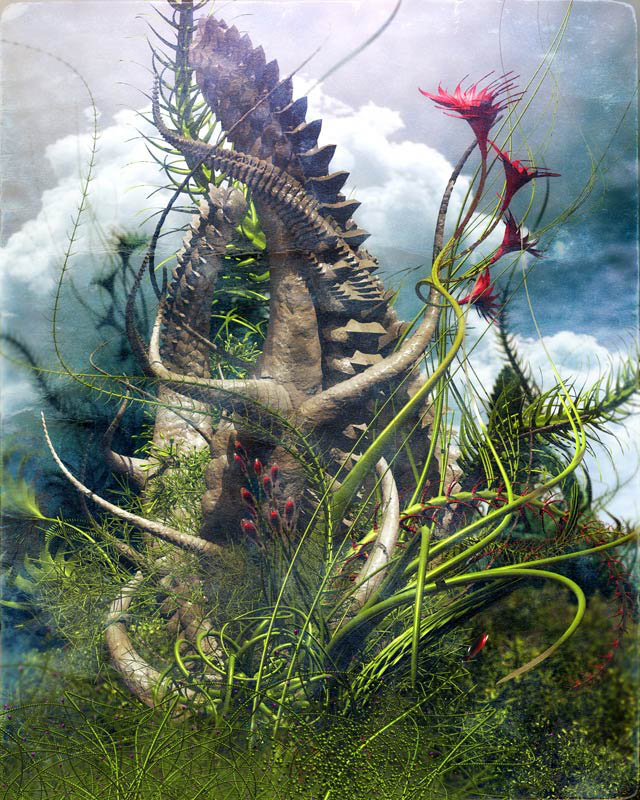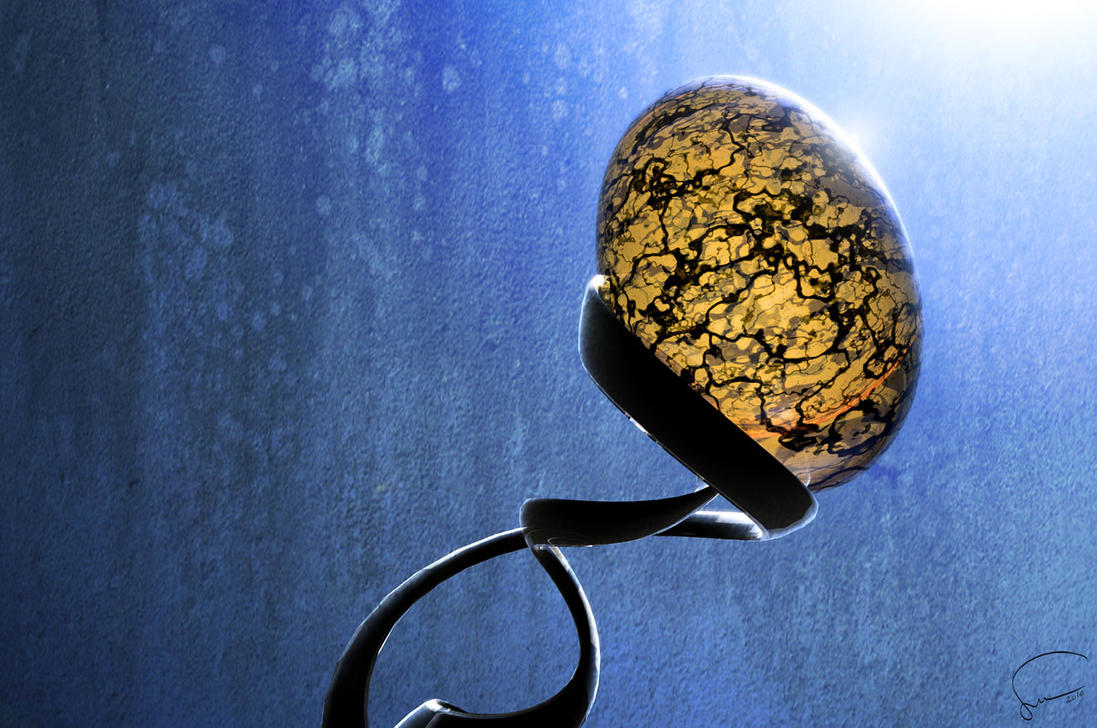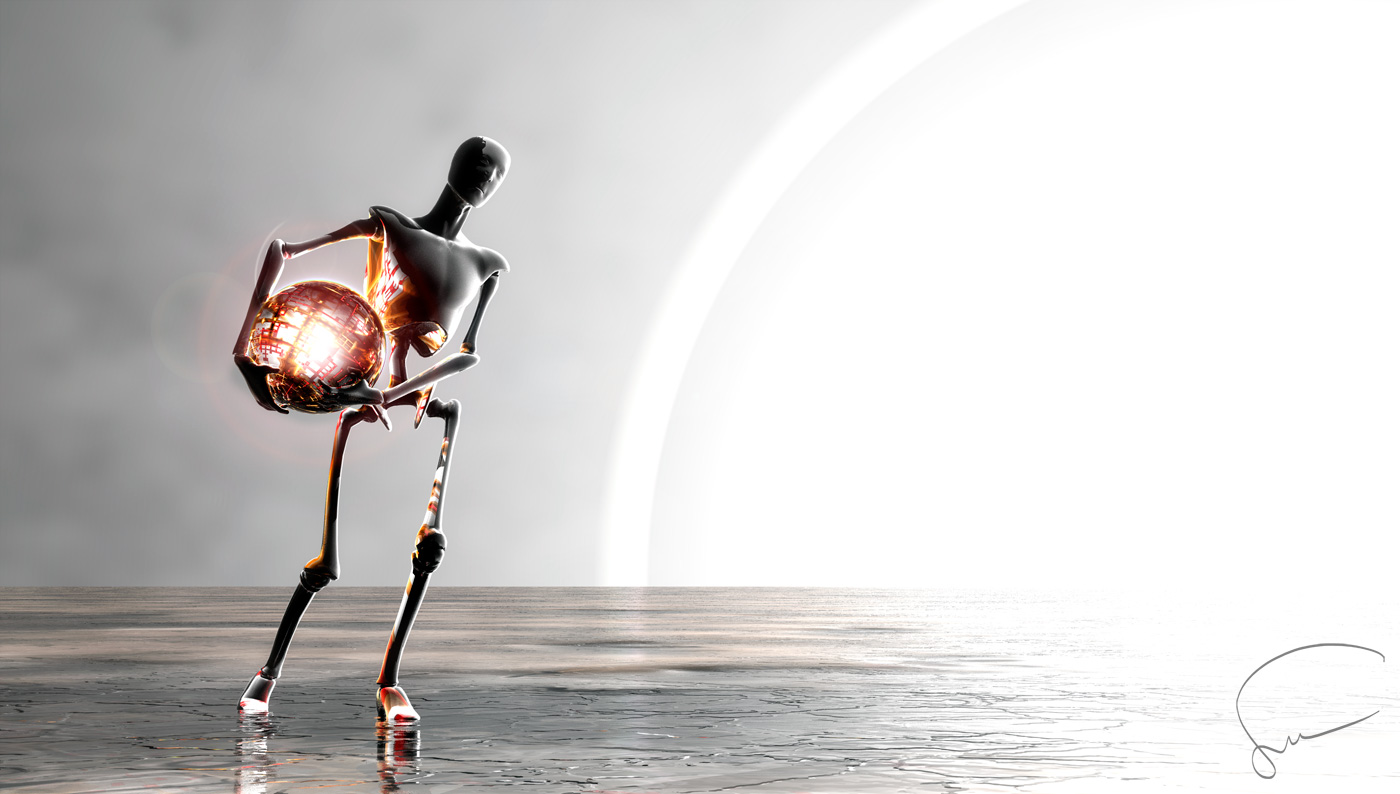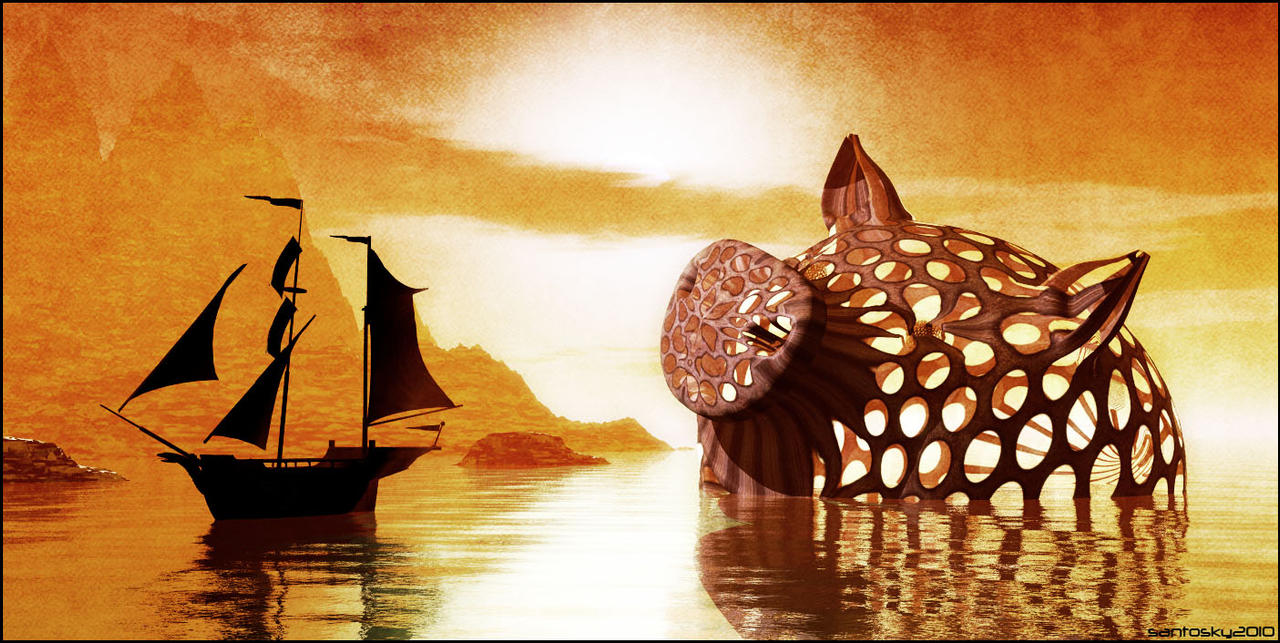So after a little break to get some other projects done/underway I’ve been back and modelling in LightWave. I have a few modelling projects to get started, but I thought I’d get back into the swing with something spontaneous. I’ve wanted to try making a fitted prop for a long time and decided to start with something relatively simple like a cyberpunkish VR headset. Somewhere at the start of the project I got distracted and ended up making a retro sci-fi helmet instead.
The character figure is DAZ 3D’s Genesis with a dialled mix’n match morph – obviously the only texture used was for the bump. For a quick project I’m very happy with it. I’m now considering what to do with it next. Maybe I’ll model some additional props and see where that takes me. Or maybe I should get back to the “real work”. Decisions, decisions…
In any case I’m happy I took the gamble and forked out the money for LightWave. I know it isn’t the 3D package, but I’m sure as hell happy with it. The intuitive, no-nonsense interface is so easy to get around, which is a relief after some of the other programs I’ve worked with – certainly makes learning a lot easier. I think the program as a whole has boosted my productivity and creativity when it comes to modelling. Every time I boot it up I feel completely confident to start exploring and experimenting with features I have only the vaguest idea of. I also love the “Layout” component to the package. Well, to call it a component is a serious misattribution as it is an entirely separate and richly featured program – the other half of LW really. The procedural texture system, and node editor is just fantastic. I’m not a texture guy, so it is nice to have something easy to use to get some reasonable textures done quickly. The VPR is also a huge time saver when it comes to setting materials and lighting. Being able to see a high quality image update in realtime is just awesome. Anyway that’s enough LW love.


